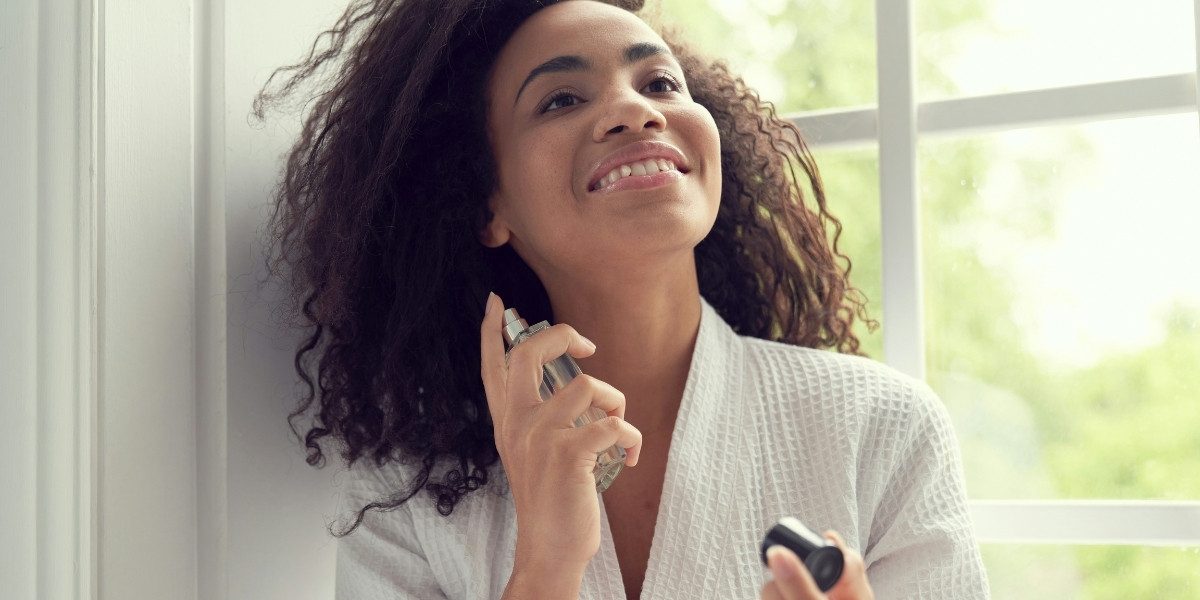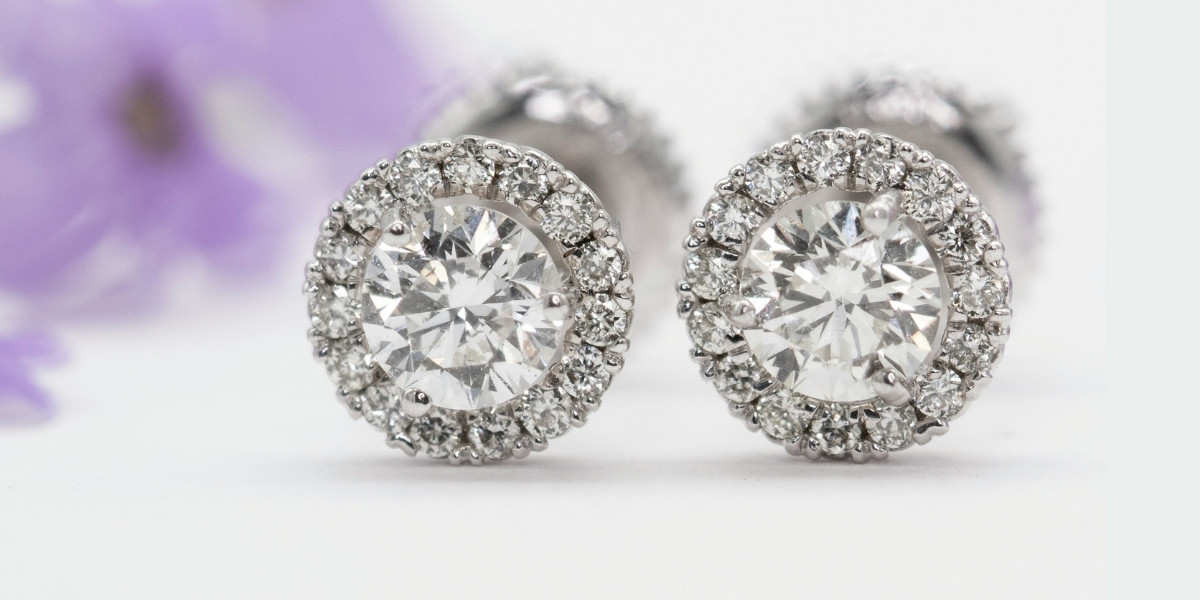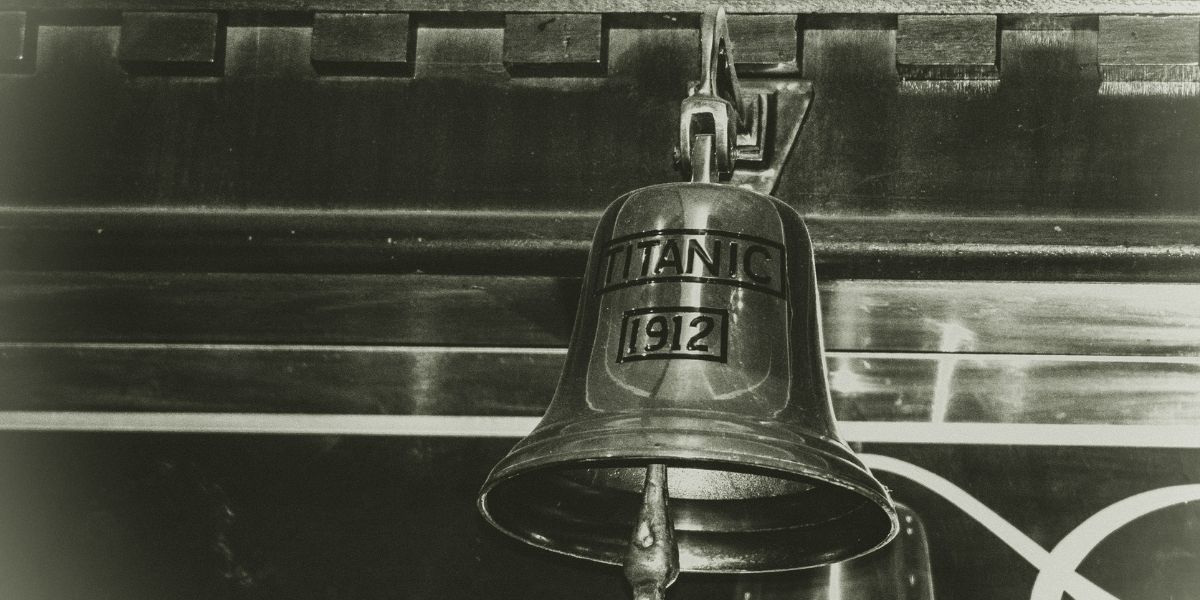What Is Perfume Layering and Why Is It Gaining Popularity?
Perfume layering is the art of combining two or more fragrances to create a unique, personalized scent. Rather than relying on a single perfume, enthusiasts mix different scents to craft a signature aroma that reflects their mood, personality, or occasion. This practice offers endless possibilities, allowing individuals to experiment and express themselves in ways that traditional perfumes alone cannot.
The rising popularity of perfume layering stems from a desire for individuality in an increasingly homogenized fragrance market. People want scents that stand out and evolve over time. Layering also enhances the complexity and depth of perfumes, creating olfactory experiences that are rich and dynamic.
Additionally, perfume layering can extend the life of fragrances and adapt them to different environments or seasons. For example, a fresh citrus scent layered with a warm vanilla can transition a daytime fragrance into a cozy evening aroma.
Read Also: Finding Meaning in Blooms: Creating Your Personal Flower Symbolism
How Do You Choose Perfumes for Effective Layering?
Selecting the right perfumes to layer is both an art and a science. Not every combination works well, so understanding fragrance families, notes, and compatibility is essential. Fragrances are typically composed of three layers: top notes, middle (heart) notes, and base notes. Top notes are the first scents perceived and tend to be light and volatile, such as citrus or herbs. Middle notes emerge as the top notes fade, often floral or spicy. Base notes provide depth and longevity, with ingredients like musk, amber, or wood.
When layering, a common approach is to combine perfumes with complementary notes. For instance, pairing a floral heart note with a woody base note can produce a balanced scent. Alternatively, contrasting notes can create exciting effects, such as mixing fresh citrus with warm spices. Beginners may start by layering a light, fresh fragrance with a richer, heavier one. It is also wise to test combinations on the skin, as body chemistry influences how scents interact and evolve.
What Techniques Enhance the Perfume Layering Experience?
The process of layering perfumes requires attention to detail and experimentation. Several techniques can help maximize the olfactory experience. One method is applying perfumes sequentially on different pulse points, such as wrists, neck, and behind ears. This technique allows each scent to mingle subtly while retaining its character. Another technique involves mixing perfumes in the palm of the hand before applying them together, creating a pre-blended effect.
Layering with scented body products like lotions or oils can amplify fragrance and provide a smoother transition between notes. Using unscented moisturizers before applying perfumes also helps scents adhere better to the skin. It is advisable to start with lighter scents and finish with heavier ones to ensure longevity. Reapplying lighter layers throughout the day can refresh the fragrance without overpowering it.
How Does Understanding Fragrance Families Improve Layering?
Familiarity with fragrance families deepens the layering experience. Common families include floral, oriental, woody, fresh, and gourmand. Each has distinct characteristics that influence how they blend.
Floral fragrances are versatile and often pair well with almost any other family, making them excellent base layers. Oriental scents, rich with spices and resins, add warmth and sensuality but may dominate if not balanced carefully. Woody fragrances bring earthiness and grounding qualities. They are ideal for layering with fresh or floral scents to add complexity. Fresh fragrances, like citrus or aquatic notes, inject brightness and energy, often working well in daytime layering.
Gourmand scents, reminiscent of edible treats like vanilla, caramel, or coffee, create indulgent layers that add sweetness and comfort. These are best layered sparingly to avoid cloying effects. Experimenting within and across these families allows for creative and personalized scent profiles that evolve uniquely on the wearer.
What Are the Benefits and Challenges of Perfume Layering?
Perfume layering offers many benefits beyond customization. It encourages exploration and creativity, turning fragrance into an interactive art form. Layered scents can express different facets of personality, mood, or occasion, offering versatility that single perfumes rarely achieve. Layering can also make fragrances more economical. Mixing lighter scents with pricier perfumes extends their usage, while combining samples creates new experiences without purchasing full bottles.
However, challenges exist. Not all perfumes blend well, and some combinations may clash, resulting in unpleasant or overpowering aromas. Over-layering risks overwhelming the senses, so balance and restraint are crucial. Another challenge is scent fatigue, where repeated exposure dulls perception. Rotating perfume combinations and varying layering techniques help maintain freshness.
Read Also: How To Stay Fashionable While Hiking: A Guide to Style and Comfort on the Trail
How Can Perfume Layering Enhance Personal Style and Confidence?
Crafting a signature scent through layering allows individuals to communicate identity subtly and powerfully. Wearing a unique fragrance boosts confidence and creates memorable impressions. Personalized scents can complement fashion choices and enhance moods, making layering a valuable tool for self-expression. Whether preparing for a formal event, casual outing, or romantic evening, tailored fragrances align with the moment’s atmosphere. Additionally, sharing layered perfume creations can foster social connections, as people often comment on and inquire about distinctive scents. This interaction builds a sense of community among fragrance enthusiasts.








